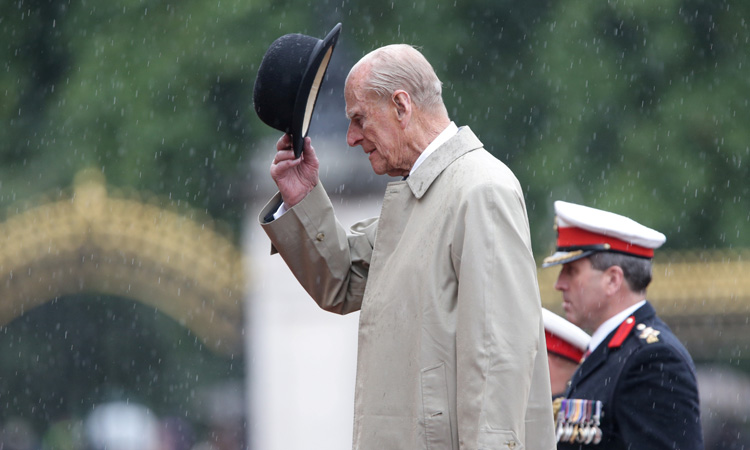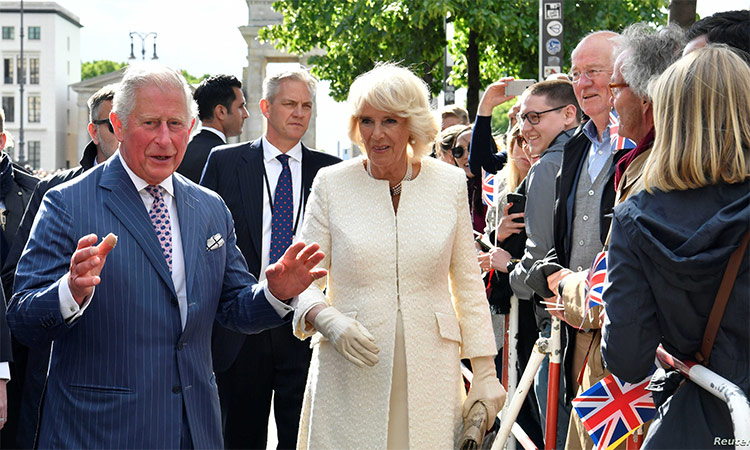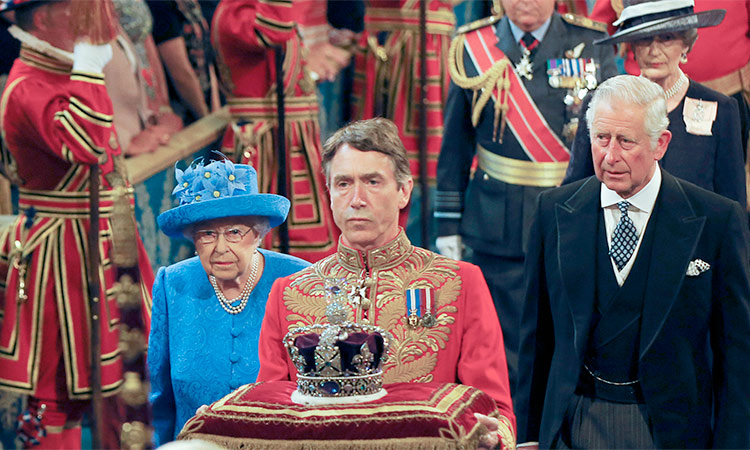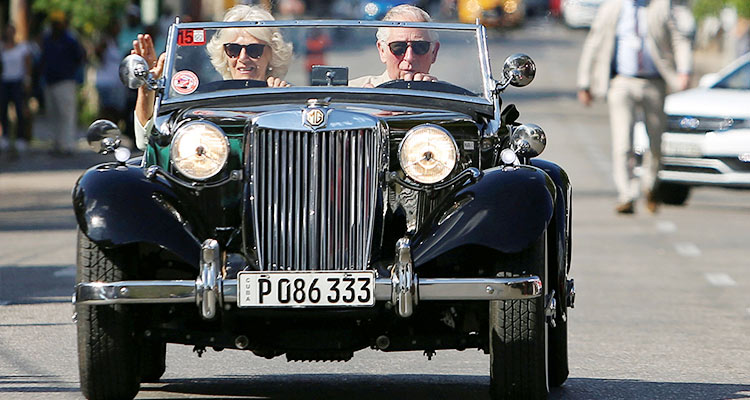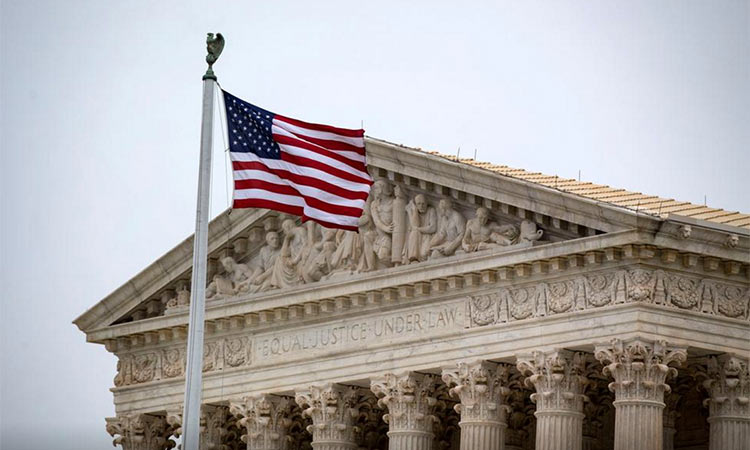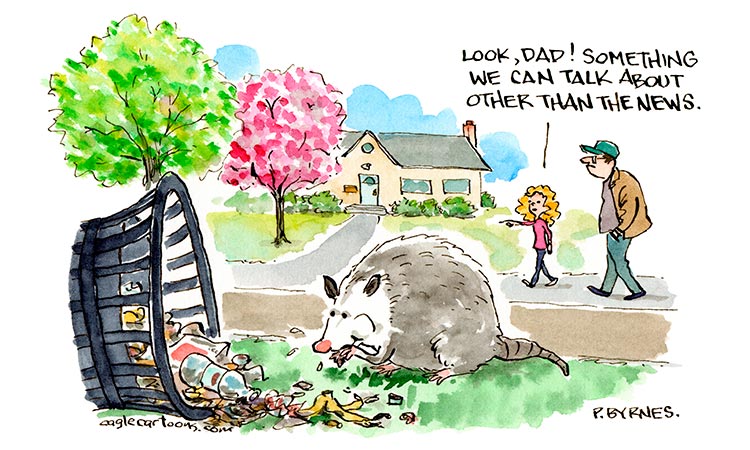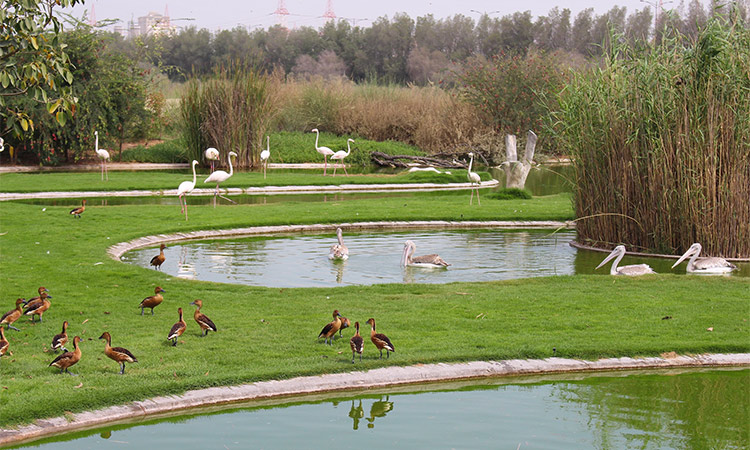Has the royal family reinvented the royal family?

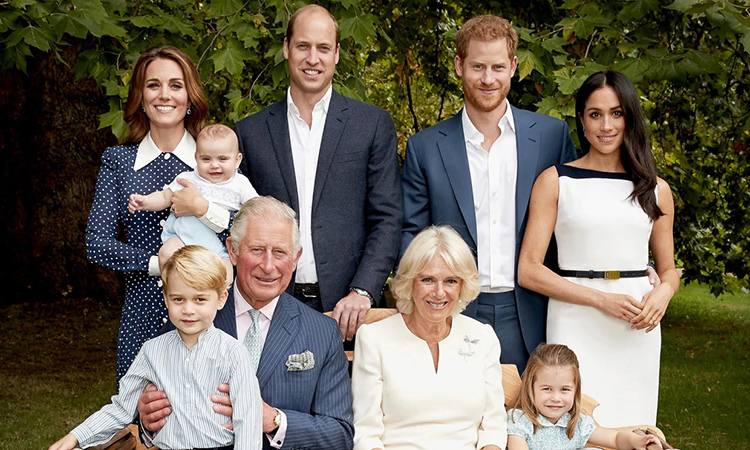
Members of Britain’s royal family pose for an official portrait to mark Prince Charles’ 70th birthday in the gardens of Clarence House in London. File/Reuters
It also strikes one in a different way, though, because, to the casual or younger observer, it looks very much like Camilla is the matriarch in the image. To those who can remember her, it feels like Diana “should” be there, but of course she cannot be.
It didn’t need to be a conscious act of usurping her, and no doubt Camilla dotes on them all, but it was a manifestation of something the royals are good at — reinventing themselves and, if you will, re-idealising themselves as an idealised family.
Looking again at the picture, the obvious next step has already been taken by the Sussexes and the Palace collectively, which is to concentrate public duties and attention on the King and the Prince of Wales’ families, with Princess Anne and Prince Edward doing a bit more to make up for the loss of the Harry, Meghan and, in disgrace, Prince Andrew. Likely for the rest of the reign, the Super Seven adults and the three kids will be the functional royal family — with just the three divorces between them.
I wouldn’t say Diana has been airbrushed out of history by a wicked step mum/step gran, because that’s grotesque. But they’ve had to make the most of their new family circumstances, which, after all, reflect the increasingly varied and complicated family lives of the people they purport to reign over. Britain is a land of unmarried “partners”, step brothers and half sisters, step dads and Dutch uncles.
The royals had to give up on trying to set an example of an ideal “nuclear family” when they all started getting divorced, and the most intimate details of their private lives were being freely printed in the newspapers. They’ve had to adapt. Diana has naturally faded as she recedes into history — few under the age of about 30 will have much first-hand memory of her, and fewer still can recall her doomed fairytale wedding to the Prince of Wales in 1981.
The recent episodes of The Crown, though a bit of an historical mashup, remind us that not so long ago, Charles was a figure alternately loathed and pitied because of the way his marriage to Diana broke up. And, especially after her death, so was Camilla.
The Queen Consort was perceived as an almost mythically wicked figure. Yet, through careful PR and delicate coaxing of the late Queen, Charles and Camilla were eventually allowed to marry, become rehabilitated and, now, become King and Queen at the centre of a family that’s had more than its share of sordid scandal. It has been quite a recovery. But, after Diana perished in that car accident in 1997, it might have all been very different. Charles, and Diana for that matter, were locked into a convention, frayed even by the 1980s, that royals didn’t get divorced and lived blameless lives of virtue and stolid, homely British values. It was always nonsense, if we recall the colourful, decadent lives of the Prince Regent and Edward VII. But there was a longish period around the middle of the last century when such a fantasy was fostered and fitted extraordinarily well with the extreme social conservatism, indeed repression, of the era.
The public didn’t know, for example, that their corpulent King Edward saga.
As with so many things, it was King George V who pioneered this new model monarchy. Over a quarter century after he succeeded his dissolute father, Edward VII, he projected the image, well founded in reality, of a solid family man, ex-Royal Navy, of limited decidedly non-intellectual interests, and who was never happier than when tending to his extensive collection of postage stamps. His only eccentricity was a preference for having his trousers pressed with the crease at the sides rather than the front.
Even if he had vices (there’s not much even in the way of rumour) the press wouldn’t have reported them. He was a dull man, but a PR genius. He literally invented the “House of Windsor” in 1917, to camouflage the family’s Germanic name of Saxe-Coburg-Gotha during the First World War. He projected the air of a devoted husband to Queen Mary, and loving father and grandfather (though he actually terrified his sons and gave George VI his famous stammer).
He turned royal marriages from private ceremonies to public spectacles, with the waving from the balcony at Buckingham Palace and horse-drawn carriages and all that. He made the first radio broadcast by a monarch, at Christmas 1932, to the whole Empire, embracing the new technology of the time. He confected the silver jubilee of 1935 which cemented the national tradition of such landmark anniversaries established by Victoria. And he gave the Palace the new grand facade we see today, with the handy balcony.
But George VI, his Queen Elizabeth and the little princesses, Elizabeth and Margaret Rose, restored this idea of the perfect family as an example to the nation. Reinforced by a squad of ponies, racehorses and corgis, they didn’t exactly scream “this is how you lot you should live”, because it was accepted. Crown and people communed through a vision of the family life of the king, who gave the impression he’d like nothing more than to be a Norfolk country gent.
The Queen and Prince Philip, over a 70-year plus marriage, did the same. In her speech to celebrate her silver wedding anniversary in 1972, the Queen declared: “If I am asked what I think about family life after 25 years of marriage, I can answer with equal simplicity and conviction, I am for it.”
Whatever the ups and downs of the Queen’s relationship with the Duke, sadly this happiness in family wasn’t shared by her sister, Margaret, or three of her four children, all divorced long before they got as far as their own silver wedding anniversaries. And that was the challenge and the choice. They could either try and keep up the pretence that they were somehow superior because of their impeccable private behaviour, leading by example; or somehow come to terms with the fact that they were just as frail as their subjects.
What they also seem still determined to do is to place the institution first — leastways where it doesn’t impinge on their private lives. It is the same ruthless streak that allowed George V to leave his cousin the Czar in Russia to his fate at the hands of the Bolsheviks. It allowed George VI to marginalise his — until then — much admired brother Edward VIII, and push him and Wallis into exile. It meant the Queen deprived Andrew of most of his military titles, public role and even using his HRH status.
